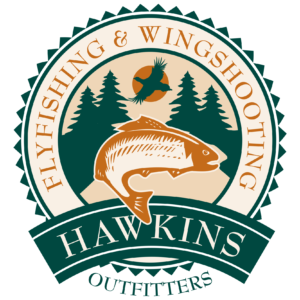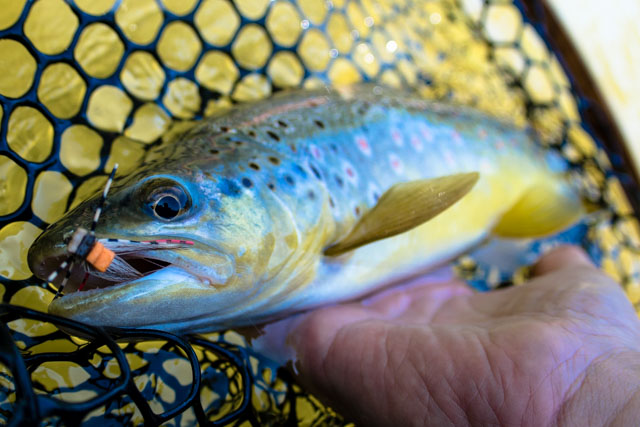Fishing Foam Patterns
Fishing Foam Patterns during the middle of the summer is pretty standard because there are less natural aquatic insects hatching. Trout are keying in on terrestrials, like grasshoppers, ants, and beetles. While simply throwing out a foam pattern into the river will work, there are a few techniques and tips that we have learned along the way to increase your activity. It will also help you score bigger trout during the summer.
Size
When it comes to fly fishing, and especially dry fly fishing, we are limited in what we can do with our patterns. The number one variable that we can control is size of the pattern. During the peak dry fly season of May and June the first thing the we need to understand is the size of the mayflies we are matching. Size is first then color. Fishing foam patterns is no different, getting the correct size dialed in is the most important factor. While the nice thing about tying with foam a you can vary the size pretty easily. But understanding what will trigger the best activity and get your fly the most amount of notice comes down to the size of the fly you are fishing. I asked fellow guide Steve Pels about his experience with fishing foam patterns here in Michigan and here is what he said:
The hopper bite in Michigan seems slightly different to me than the hopper fishing I have done out west. No steadfast rules apply, but on our local rivers, bigger foam isn’t always better. On bigger, faster western rivers it appears that fish might not have as much time to visually inspect your offering, or are just plain hungry. However, I have thrown the biggest size 4 hopper in my box to see if it would work locally. Well, it did “work” just not as well as smaller hoppers in size 10-14. Again, anything can happen.
Color
After we have determined the best size for the day, we now need to pick the color. For me this is the only other variable I can control when fishing foam patterns. I believe that all foam patterns pretty much look the same. If you where to hold a foam based hopper pattern up above you and look at the
underside of the fly, the foam and rubber legs pretty much all look the same. Yes having two rubber legs versus having six rubber legs will change the size of the pattern. However the silhouette of the pattern isn’t that much different.
But after many years of fishing the foam day time game on the Upper Manistee I have learned how color changes from one day to another and from hour to hour. Just as I want to go into detail later in the season about changing your swing patterns and egg patterns with day light for steelhead in the fall (future blog post coming soon). Changing the color of your terrestrial pattern is key.
Changing Color
It is very common for me to start each and every day out with a black based hopper. When I’m talking black, I’m talking the foam that I tied the fly with. This is my base for my pattern. I can make slight changes to the black foam with different colored ice dubbing. (check out the Chubby Chernobyl link below). As the day light increases I switch from black to tan foam patterns, understanding that yellow and cream are highly effective as well.
Below are some proven color combinations you might want to try, and also experiment with new combinations as well.
Foam Patterns
- Chubby Chernobyl:
-black foam, olive ice dub, olive krystal flash pumpkin speckled legs
-pink foam, pearl ice dub, pearl krystal flash, pearl legs
-brown foam, peacock ice dub, red ice dub, red and black speckled legs - Hippie Stomper:
-black foam, purple body, brown hackle, red and black centipede legs
-tan foam, red body, brown hackle, brown and white centipede legs - Amy’s Power Ant:
-Tan foam, peacock ice dub, tan and white centipede legs
Presentation
Last but not least in the list of important factors when fishing foam patterns is presentation. One of the best things about presenting foam is that you can move it, or better yet you need to move it. Terrestrials that happen to make it into the river, don’t want to be in the river. They are struggling, moving, and twitching. You need to do this as well, when fishing your foam based patterns. As guide Ed McCoy likes to say “The Twitch is the Switch” .
Twitching your patterns switches on the instinct for the trout to bite. With limited food sources around, you need to draw attention to your foam patterns. Move em, twitch em, let the trout know they are there.
Conclusion
First determine size, then color and finally move the bug! Be ready for some explosive strikes when you get it all figured out.
Capt. Jon Ray





Share this entry